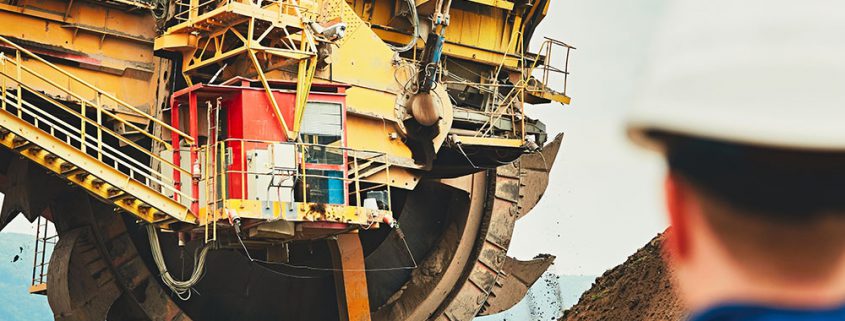‘Diabolical’: Black lung is back
CHARLESTON, W.Va. — Coal miners’ pneumoconiosis was supposed to be gone by now. Years of suffering led to a 1969 law requiring mining companies to control airborne dust inside mines. Safety requirements would prevent exposure to deadly levels of coal dust that literally blacken workers’ lungs and leave them gasping painfully for air.
So, why have cases of black lung been increasing? Why has the rate of the most severe, fast-progressing type of black lung tripled in recent years? Why is the disease showing up in younger miners than in the past, with the worst rates in southern West Virginia, eastern Kentucky and western Virginia?
Recent reports by the Center for Public Integrity, National Public Radio and The Charleston Gazette clearly show why.
Limits on dust in mines are too low, rules are not always enforced, and the monitoring system was made for cheating. Upper Big Branch miners, for example, told investigators they were instructed not to go about their regular duties when wearing devices designed to take air samples, but avoid dusty areas. Other miners described efforts to trick inspectors and to defeat the purpose of dust monitoring.
Before the 1969 law, almost half of miners who worked at least 25 years developed black lung. After the law, disease rates dropped. But since the late 1990s, black lung has rebounded. Of 24 autopsies after the 2010 Upper Big Branch explosion, 17 showed signs of black lung. Some had been mining as few as 10 years. The victims ranged in age from 25 to 61.
Newer conditions contribute to the problem, too. As miners blast through more and more rock to get to coal seams, miners face different kinds of dust, including silica, which is even more potent at ruining human lungs than coal dust. While black lung was formerly considered a threat to underground miners, surface mine workers are getting it now.
Miners have been breathing too much dust for years. Companies, unions, lawmakers and regulators all know it. But coal operators get pass after pass, letting them avoid fixing problems. Efforts to toughen dust limits and regulation get blocked, either at the urging of mine companies or unions, for different reasons.
Another round of safeguards are under consideration at the U.S. Mine Safety and Health Administration. It is past time to update these rules, so why are Republicans in Congress blocking them? Will West Virginia Republicans Shelley Moore Capito and David McKinley urge their colleagues to stop standing in the way of miners’ health?
As coal dust fills delicate tissues of the lungs, the organ becomes scarred, shriveled and black. Miners with black lung struggle to do routine tasks and eventually suffocate. Dr. Edward Petsonk of WVU compared dying of black lung to having a screw slowly tightened across your throat. “It is really almost a diabolical torture,” he said.
And as the late 20th-century experience demonstrates, it does not have to happen, unless America chooses it.






Leave a Reply
Want to join the discussion?Feel free to contribute!